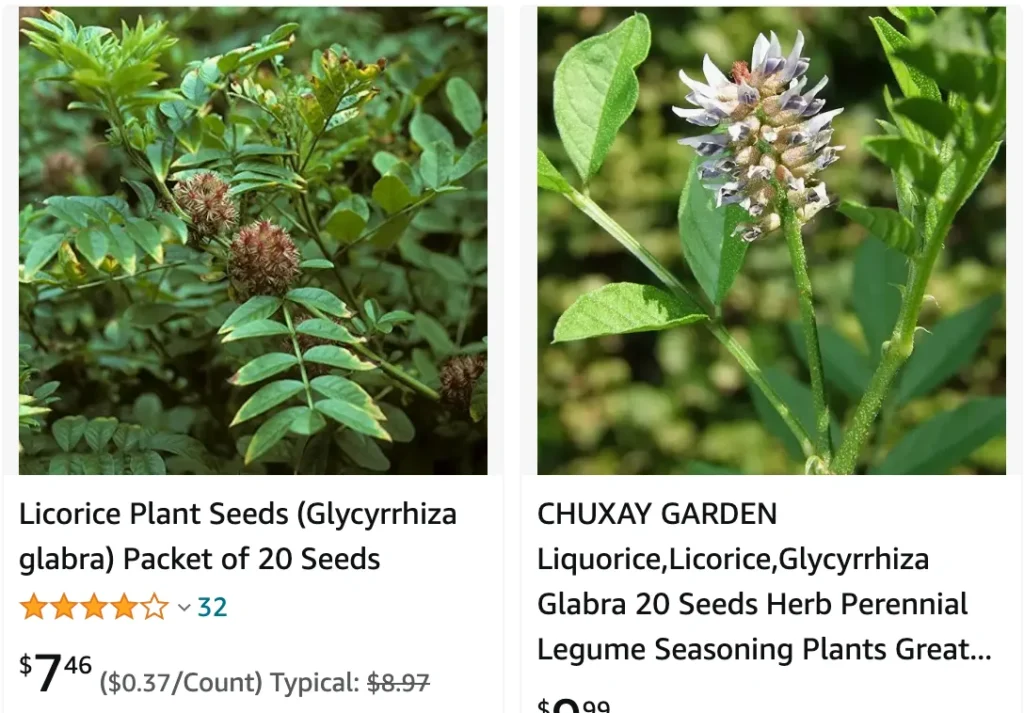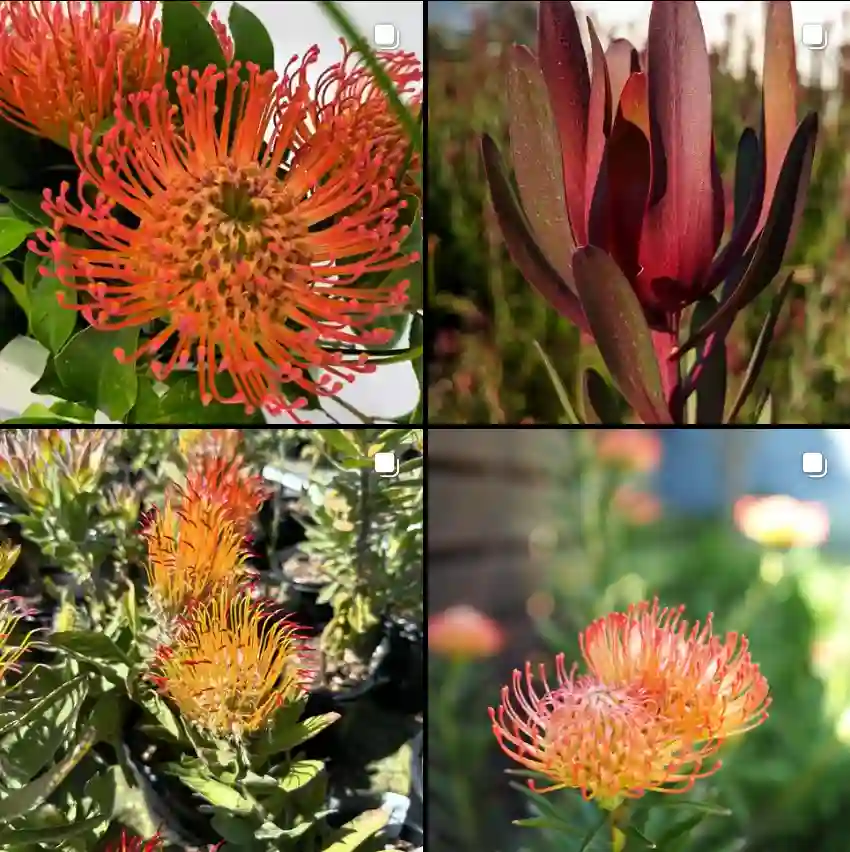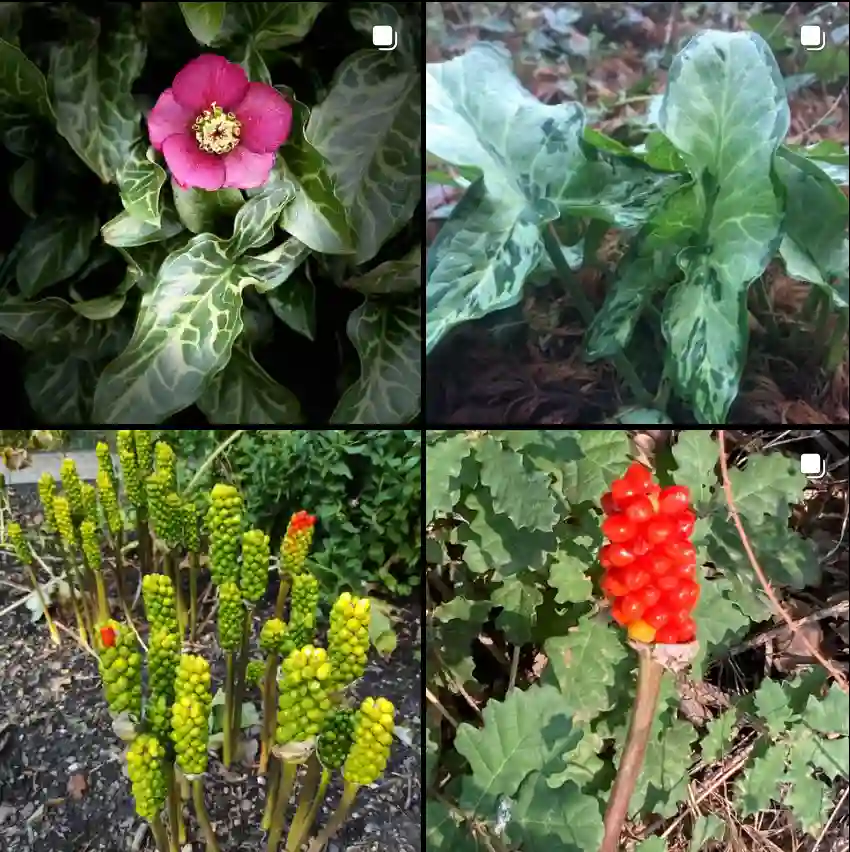
Helichrysum Petiolare: The Silver Star of Your Plant Shelf
Hi, I’m Ferb Vu, and I’m here to talk about Helichrysum Petiolare, a plant that might just become the new star of your houseplant collection. This South African native boasts stunning silver foliage and a low-maintenance attitude, making it perfect for busy plant parents like myself.
But before you rush out and buy one, let’s delve into the world of Helichrysum Petiolare and answer some of the most common questions.
563 Species in Genus Helichrysum
What is Helichrysum Petiolare?
Helichrysum Petiolare, also known as the Licorice Plant or Curry Plant (though it doesn’t actually smell like licorice or curry!), is a fast-growing evergreen shrub. Its main attraction is the soft, velvety silver leaves that cascade beautifully from hanging baskets or drape elegantly over the edges of pots. While it can produce small yellow flowers in summer, the true showstopper is the foliage.
Helichrysum Petiolare vs. Silver Squill: Lookalikes, Not Twins
Helichrysum Petiolare is often confused with Silver Squill (Ledebouria socialis). Both have silvery-grey leaves, but there are key differences. Silver Squill has a bulbous base and its leaves are straighter and more pointed. Helichrysum Petiolare, on the other hand, has a woody stem and rounded, velvety leaves.
Here’s a quick table to summarize the key differences:
| Feature | Helichrysum Petiolare | Silver Squill (Ledebouria socialis) |
|---|---|---|
| Growth Habit | Bushy, trailing | Bulbous, clumping |
| Leaves | Rounded, velvety | Straighter, pointed |
| Flowers | Yellow, small | Inconspicuous, purple |
| Light Requirements | Full sun to partial shade | Bright, indirect light |
Light Up Your Helichrysum Petiolare
Helichrysum Petiolare thrives in bright, indirect sunlight. A south-facing window with sheer curtains is ideal. Direct afternoon sun can scorch the leaves, so be mindful of placement.
Watering Wisely: Keeping Your Helichrysum Petiolare Happy
This is where Helichrysum Petiolare shines. It’s a drought-tolerant plant, meaning it prefers to dry out slightly between waterings. Overwatering is the enemy, so err on the side of underwatering. When the top inch of soil feels dry to the touch, that’s your cue to water.
Feeding Frenzy? Not Quite.
Helichrysum Petiolare isn’t a heavy feeder. A balanced liquid fertilizer applied once a month during the growing season (spring and summer) is sufficient. During winter, you can hold off on fertilizing altogether.
Snip, Snip, Hooray!
Regular pruning encourages bushier growth and keeps your Helichrysum Petiolare in shape. You can pinch off leggy stems or trim back overgrown areas throughout the year. Don’t be afraid to be bold! Helichrysum Petiolare bounces back quickly from pruning.
Keeping the Party Going: Propagation Power
Helichrysum Petiolare is easy to propagate from stem cuttings. Simply take a 4-6 inch stem cutting with a few leaves, dip it in rooting hormone (optional), and plant it in a pot with well-draining soil. Keep the soil moist and provide bright, indirect light. With a little patience, you’ll have a new Helichrysum Petiolare in no time!
Common Pests and Problems
Helichrysum Petiolare is a low-maintenance plant, but it’s not immune to occasional problems. Watch out for:
- Mealybugs: These cottony white pests suck the sap from your plant. Treat them with insecticidal soap or neem oil.
- Fungus gnats: These tiny flies love moist soil. Ensure proper drainage and let the soil dry out between waterings.
Is Helichrysum Petiolare Pet-Friendly?
Unfortunately, Helichrysum Petiolare is mildly toxic to cats and dogs. If you have furry friends in your home, it’s best to choose a different plant.
There you have it! With a little TLC, your Helichrysum Petiolare will bring a touch of silver elegance to your home. So, what are you waiting for? Go forth and add this easy-care beauty to your plant family!
If i die, water my plants!

